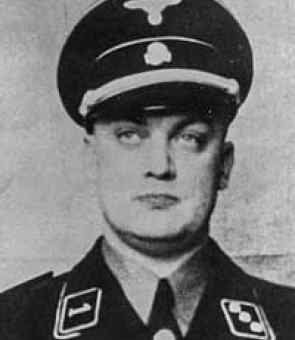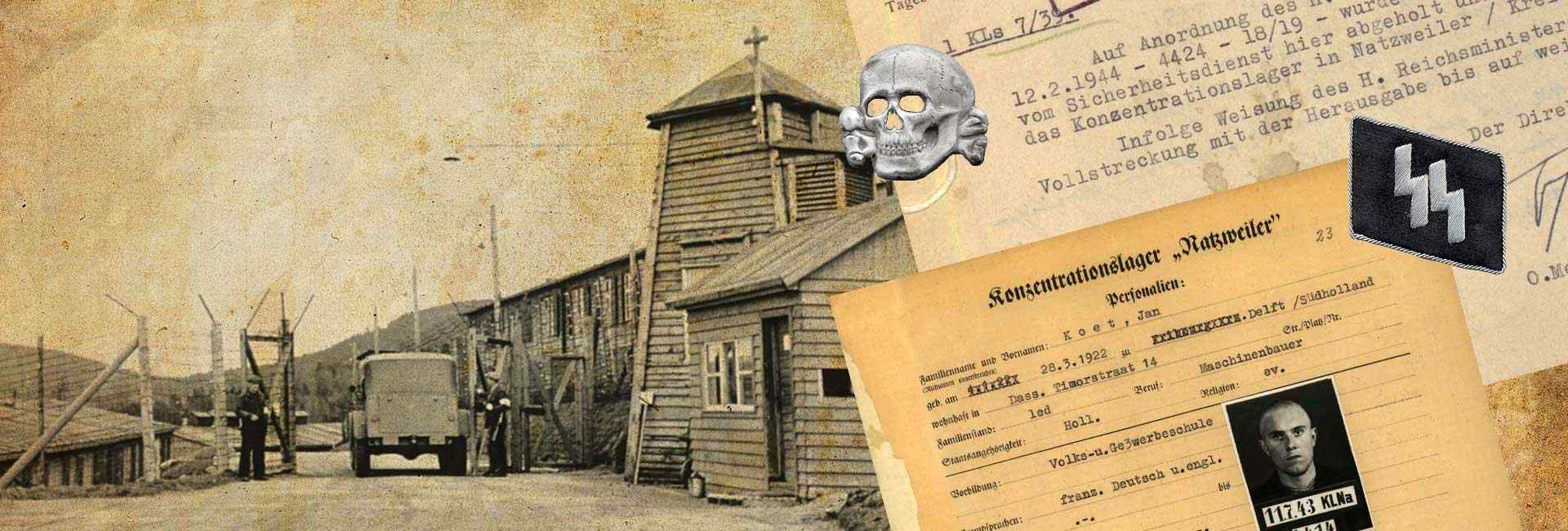
The history and facts about
Natzweiler-Struthof
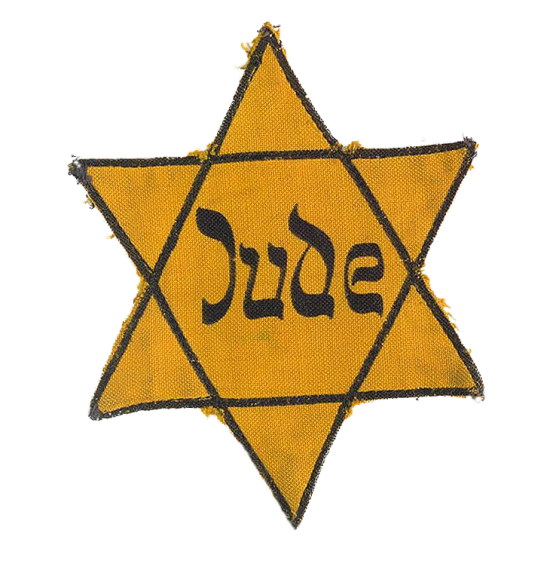
The Natzweiler-Struthof concentration camp was established by the Nazis in May 1941 near the village of Natzwiller, approximately 50 kilometers southwest of Strasbourg in the Alsace region of eastern France. Although smaller than other Nazi camps, it played a significant role in the Holocaust and forced labor system. Before the camp's construction was completed, prisoners were temporarily housed in the former Hotel Struthof, giving the camp its name.
"For evil to flourish, it only requires good men to do nothing".
Simon Wiesenthal

The Natzweiler-Struthof concentration camp after liberation
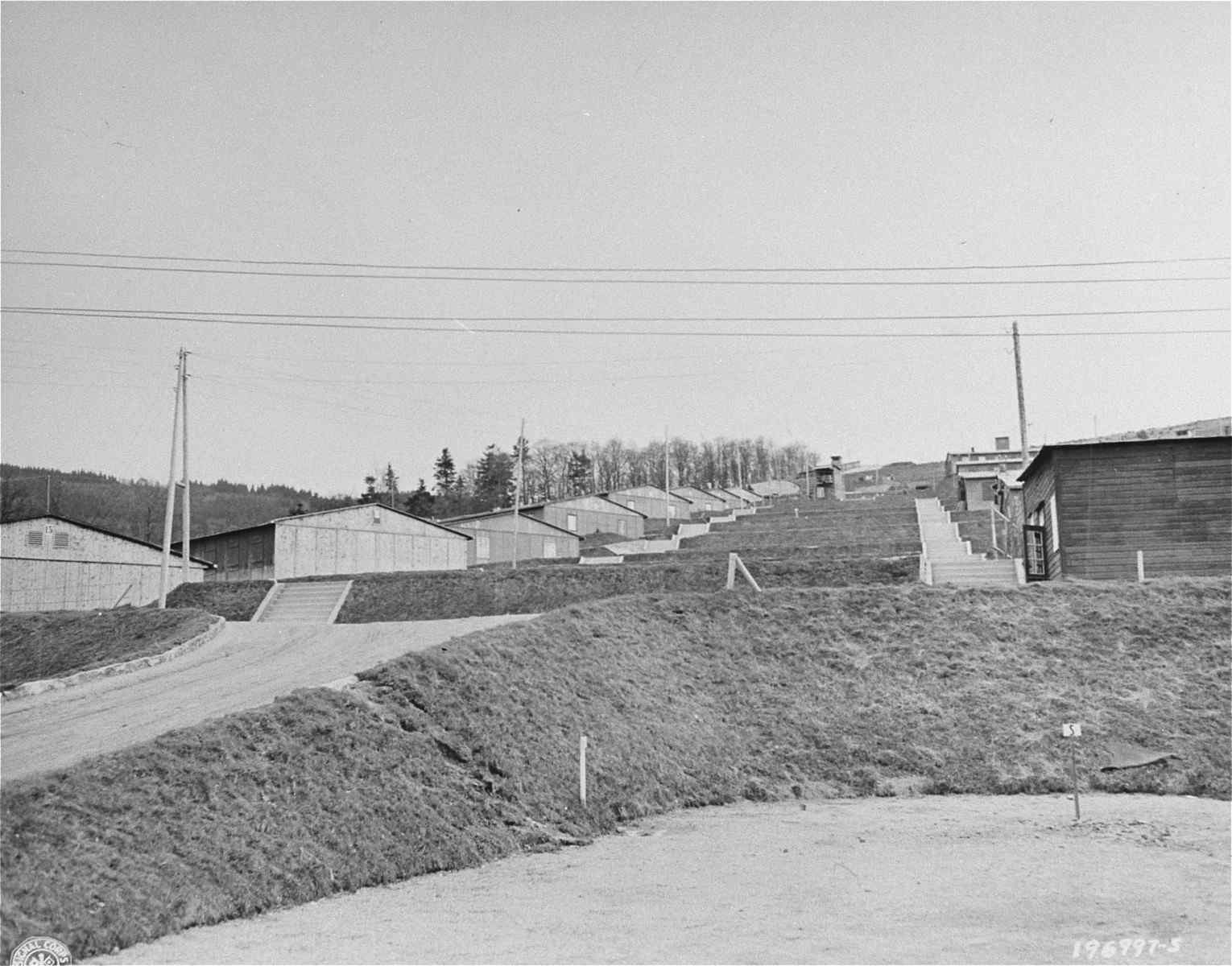
Overview of the Natzweiler-Struthof concentration camp
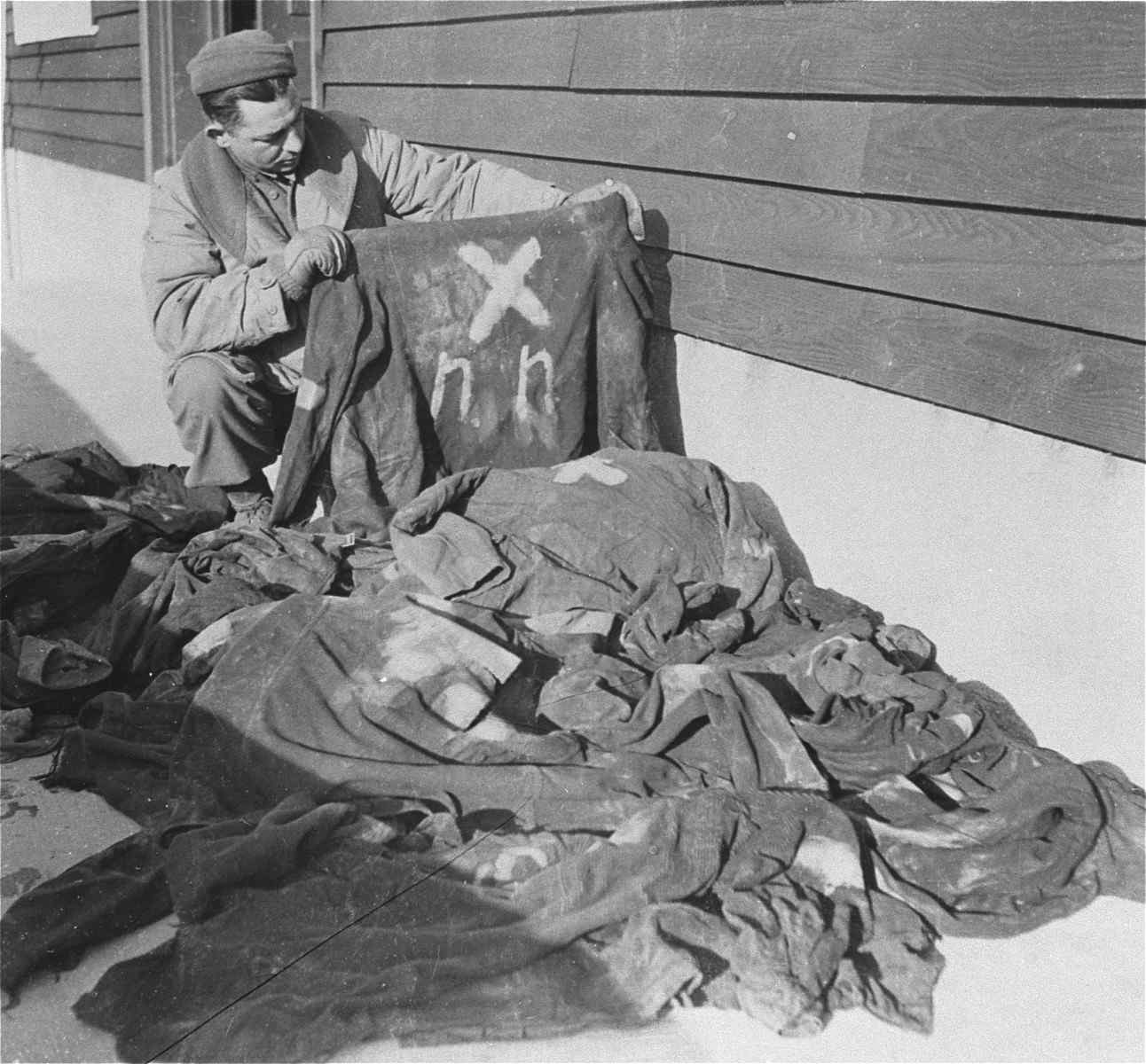
An American soldier examines markings on prisoners clothing in Natzweiler-Struthof

American soldier examines an urn used to bury the ashes of cremated prisoners
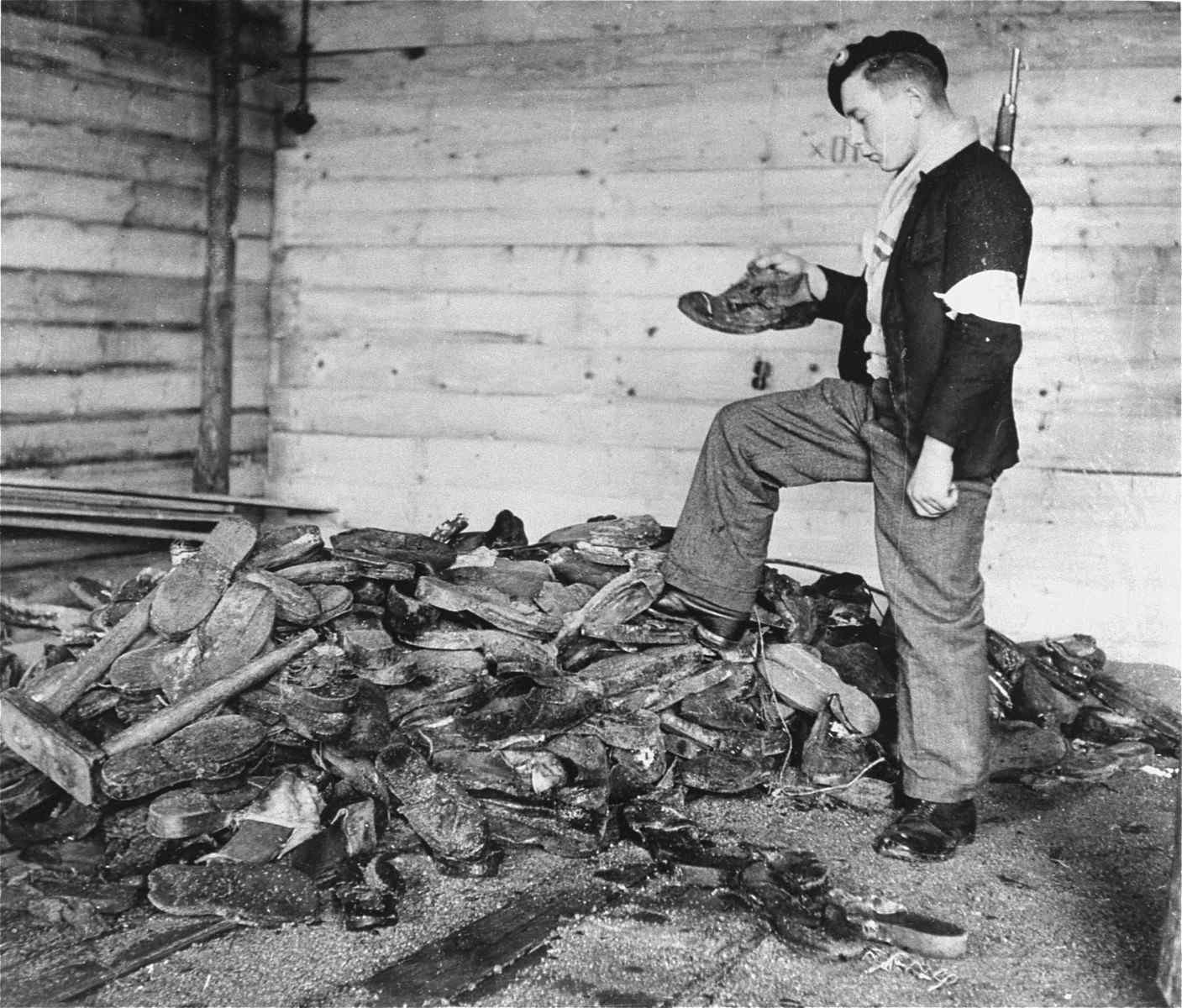
French resistance examines boots, shoes and wooden clogs piled near a furnace in the crematorium
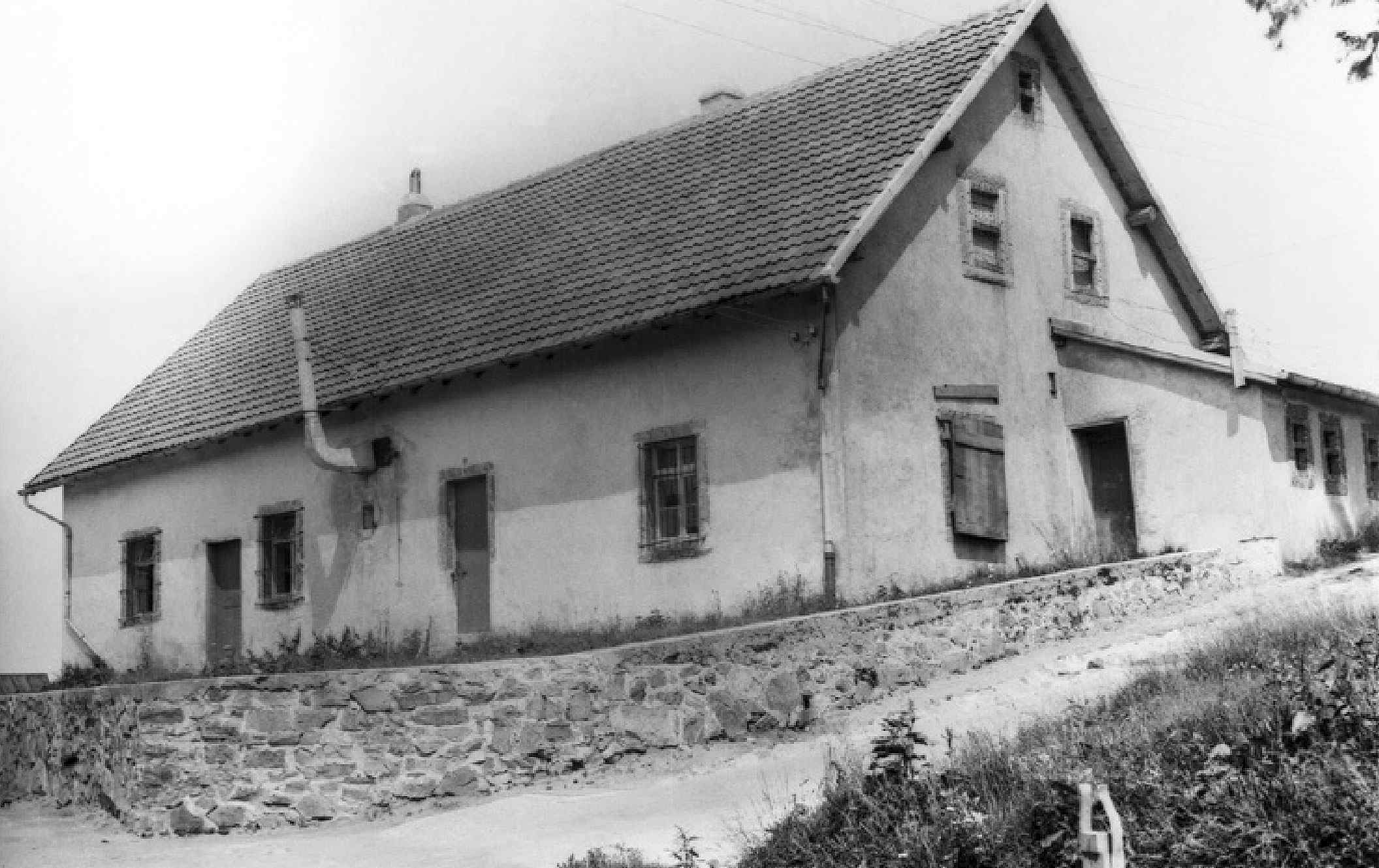
The gas chamber at Natzweiler-Struthof
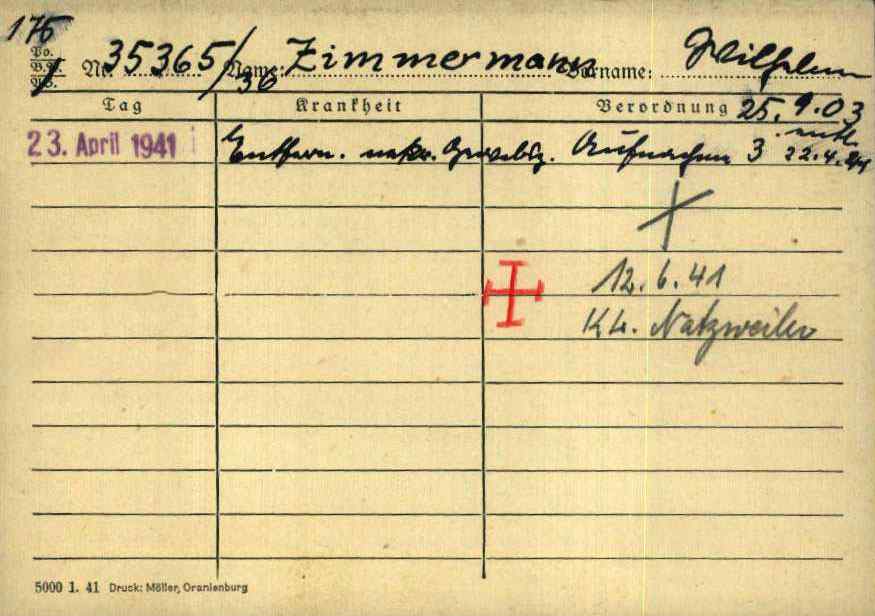
A Natzweiler-struthof document
- The Natzweiler-Struthof concentration camp after liberation
- Overview of the Natzweiler-Struthof concentration camp
- An American soldier examines markings on prisoners clothing in Natzweiler-Struthof
- American soldier examines an urn used to bury the ashes of cremated prisoners
- French resistance examines boots, shoes and wooden clogs piled near a furnace in the crematorium
- The gas chamber at Natzweiler-Struthof
- A Natzweiler-struthof document
History, definition and facts about Natzweiler-Struthof
Natzweiler-Struthof was a Nazi concentration camp located in the Vosges Mountains, near the villages of Natzweiler and Struthof in the Alsace region. Although geographically in France, the area had been annexed by Nazi Germany in 1940. Operating from May 21, 1941, until September 1944, it was the only concentration camp established by the Nazis on pre-war French territory. Its remote, forested location sat at an elevation of 800 meters (2,600 feet), making it both isolated and difficult to access.
Over 50.000 prisoners passed through Natzweiler-Struthof during its operation. Many were members of resistance movements from across occupied Europe. The camp functioned as a forced labor site, a transit hub, and later, a place of execution. Conditions were brutal, tens of thousands died due to starvation, forced labor, disease, and deliberate killings. An estimated 17.000 prisoners perished in the main camp and its network of subcamps.
As Allied forces advanced in 1944, many prisoners were evacuated to Dachau by order of SS officials. Only a small number of Nazi staff remained when the camp was liberated by the French First Army on November 23, 1944.
One of the camp’s most infamous atrocities involved anatomist August Hirt, who orchestrated a so-called “Jewish skeleton collection.” He selected 86 Jewish men and women to be murdered at the camp for the purpose of creating anatomical exhibits intended to support Nazi racial theories. A documentary later brought attention to the victims of this crime.
After World War II, several Nazi officials connected to Natzweiler-Struthof were brought to justice. The camp was preserved as a memorial site and museum, which includes the European Centre of Deported Resistance Members. A monument honors those who suffered or died there. The museum was restored in 1980 after being vandalized by neo-Nazis in 1976.
Among the camp’s most notable survivors was Boris Pahor, a Slovenian writer who later authored the acclaimed novel Necropolis, detailing his harrowing experience at Natzweiler-Struthof.
Operations at Natzweiler-Struthof Concentration Camp
Natzweiler-Struthof, located in the Vosges Mountains of eastern France, was constructed in spring 1941 under the direction of SS officer Hans Hüttig. Situated at 800 meters above sea level in a remote, forested area, it operated from May 1941 until September 1944. As Allied forces advanced, the SS evacuated most prisoners on brutal death marches to Dachau, leaving only a small staff behind. The camp was liberated by the French First Army on 23 November 1944, the same day Strasbourg was freed.
Throughout its operation, Natzweiler-Struthof imprisoned around 50.000 individuals from over 30 countries. These included members of resistance movements, political dissidents, and forced laborers. Prisoners were often transferred from here to other camps, making Natzweiler a labor, transit, and eventually a death camp.
Purpose and Conditions
Originally established to detain Nacht und Nebel(Night and Fog) prisoners, those who had vanished under secret Nazi orders, Natzweiler was known for its harsh conditions. Prisoners faced starvation, overwork, disease, and executions. An estimated 17.000 inmates died in total, including those held in the camp’s 53 subcamps that extended into Germany. Approximately 3.000 of these deaths occurred in the main camp alone.
Inmates performed forced labor for the Nazi war effort, including manufacturing weapons and aircraft parts. Companies such as Daimler-Benz and Messerschmitt relocated operations to subcamps, taking advantage of underground tunnels and mines for protection against Allied bombing. Labor conditions were brutal, with some camps experiencing mortality rates as high as 80%.
Facilities, war crimes and atrocities
The camp included a crematorium and a makeshift gas chamber used primarily for medical experiments, not mass extermination. Victims were subjected to inhumane tests, especially in attempts to find typhus cures for German troops. Prisoners were also executed by hanging, gunshot, or lethal injection. Only a small number of women were imprisoned at Natzweiler.
Several SS doctors and officials associated with Natzweiler were later prosecuted or executed for war crimes. These include Otto Bickenbach, Helmut Rühl, and August Hirt, who oversaw the infamous "Jewish skull collection." Hirt later died by suicide but was posthumously tried for his crimes.
Liberation
On November 25, 1944, American troops made a historic discovery, the Natzweiler-Struthof concentration camp in Alsace. It was the first Nazi concentration camp uncovered by U.S. forces during World War II. Surprisingly, the camp was completely deserted, with its buildings still intact. Unlike later camps such as Bergen-Belsen, no mass graves were immediately found, but the evidence of atrocities was undeniable.
The discovery was made possible thanks to guidance from members of the French Forces of the Interior (FFI) and four recently escaped prisoners. Just days earlier, on November 22 the SS guards had abandoned the camp, fleeing as Allied forces advanced. Early photographs taken by the Americans documented the conditions and signaled the beginning of broader revelations about Nazi war crimes.
Although the main camp had been evacuated months earlier, 5.500 prisoners were sent to Dachau between September 2 and 4 and additional transports followed on September 21 and November 22, the Natzweiler camp system remained operational through a network of 53 annex camps. These subcamps continued functioning even after the main camp was emptied.
By mid-September 1944, key administrative functions, including the political division and prisoner records office, were moved to Dachau. By mid-November, remaining administration was relocated to towns like Guttenbach, Binau, and Neunkirchen. As the Allies pressed forward in early 1945, operations dispersed further into Stuttgart, Dürmettingen, Missau, and Scheffau, eventually disintegrating entirely.
Even after the main camp ceased operations, the annex camps remained active. By September 1, 1944, more than 25.000 new prisoners had been registered across these satellite sites. Camps such as Leonberg, Erzingen, and Barbe-Haslach continued to operate under the Natzweiler system, making it a rare example of a concentration camp network surviving without its central facility.
As the Nazi regime collapsed, conditions in these camps deteriorated. Thousands of prisoners died between September 1944 and May 1945, underscoring the ongoing horrors of the Nazi concentration camp system even in its final months.
Command Structure and Industry Ties at Natzweiler-Struthof
Camp Commanders (SS Commandants)
Throughout its operation, the Natzweiler-Struthof concentration camp was overseen by a series of senior SS officers responsible for its administration and the brutal treatment of prisoners. You will find pictures of them at the bottom of this page.
SS Doctors Involved at the Camp
A number of SS medical personnel served at Natzweiler-Struthof, many of whom were later implicated in unethical medical experiments and war crimes:
- Kurt aus dem Bruch
- Karl Babor
- Heinz Baumköther
- Max Blancke
- Franz von Bodmann
- Hans Eisele
- Herbert Graefe
- Richard Krieger
- Georg Meyer
- Heinrich Plaza
- Elimar Precht
- Andreas Rett
- Werner Rohde
- Gerhard Schiedlausky
- Siegfried Schwela
These SS doctors held ranks ranging from Untersturmführer (Second Lieutenant) to Sturmbannführer (Major) and played direct roles in the health and medical experimentation systems of the camp.
Forced labor and industrial exploitation
Natzweiler-Struthof was not only a site of imprisonment and execution, it also served as a forced labor hub for major German industries. Prisoners were compelled to work under harsh, inhumane conditions for private companies that supported the Nazi war effort. These firms included:
- Allgemeine Elektrizitäts Gesellschaft (AEG)
- Adlerwerke AG
- BMW (Bayerische Motorenwerke AG)
- Berger
- Bergwerks Industrie AG
- Daimler-Benz AG
- Friedrich Krupp Ironworks
- Gruen & Bulfinger
- Henkel & Cie
- Heinkel Flugzeugwerke (Aircraft Manufacturing, Zuffenhausen)
- Kessler Factory
- Koch & Mayer
- Messerschmitt AG
- Röchling Group
These companies benefited from the exploitation of inmate labor, producing everything from machinery and chemicals to vehicles and aircraft components. The involvement of such major industrial firms reveals the deep connections between the Nazi regime and private enterprise during World War II.
The Jewish Skull Collection: A Nazi pseudo-scientific atrocity
The so-called "Jewish Skull Collection" was a horrifying Nazi initiative during World War II aimed at showcasing the supposed racial inferiority of Jews. Conceived by SS anthropologist August Hirt and supported by high-ranking Nazi officials including Heinrich Himmler, the project sought to create an anatomical display comparing Jews to the so-called Aryan "master race."
Eighty-six Jewish men and women were selected from Auschwitz to represent what the Nazis considered “typical” Jewish racial features. These victims were transported to the Natzweiler-Struthof concentration camp in France, where they were kept in relatively good health for several weeks to preserve their physical condition. They were then murdered in a specially designed gas chamber, and their bodies sent to the Anatomy Institute at the Reich University of Strasbourg.
The plan was to use the corpses for anatomical casts and then reduce them to skeletons for museum display. However, as Allied forces advanced in 1944, the Nazis abandoned the project before these final steps could be completed. The remains of the victims were discovered intact in Strasbourg.
Several SS officers and scientists were involved in this atrocity, including Josef Kramer, who personally carried out many of the killings, and Bruno Beger, who helped select victims based on their physical features. August Hirt, the project's architect, took his own life in 1945. Many others involved were later tried for war crimes.
For years, only one victim, Menachem Taffel, was positively identified. In 2003, German researcher Hans-Joachim Lang used prisoner records to identify all 86 victims. They came from eight European countries, including Greece, Poland, France, and Germany. Lang published his findings in The Names of the Numbers, helping to restore the identities and humanity of those murdered.
In 1951, the victims’ remains were reburied in the Jewish cemetery of Cronenbourg-Strasbourg. In 2005, memorial plaques engraved with their names were installed. Another plaque was placed at the University Hospital's Anatomy Institute, acknowledging the crimes committed in the name of science.
In 2022, the gas chamber at Natzweiler-Struthof was reopened to the public. While intended as a historical exhibit, some groups expressed discomfort with its presentation, emphasizing the need for sensitivity when commemorating victims of such atrocities.
This collection remains a stark reminder of how science can be manipulated by ideology, and the importance of remembering victims not as numbers, but as individuals with lives, families, and stories.
Post-War Trials of Natzweiler-Struthof Commanders and Staff
After World War II, several high-ranking officials connected to the Natzweiler-Struthof concentration camp were tried for war crimes.
Hans Hüttig, the camp’s first commandant, was sentenced to life in prison by a French military court in 1954. He was released in 1956 after serving eleven years.
Josef Kramer, who commanded the camp during the infamous Jewish skull collection project, was later arrested at Bergen-Belsen. Tried for crimes committed at Auschwitz and Bergen-Belsen, he was convicted and executed in December 1945.
Fritz Hartjenstein, commandant during the execution of four female SOE agents, stood trial at Wuppertal with five others in 1946. All were found guilty. Two men, Franz Berg and Peter Straub, were hanged. Hartjenstein's initial death sentence was commuted to life imprisonment, but he later received additional death sentences in separate trials for other crimes. He died of a heart attack in 1954 before any were carried out.
Others sentenced at Wuppertal included:
Kurt Geigling – 10 years imprisonment
Josef Muth – 15 years imprisonment
Magnus Wochner – 10 years imprisonment, also implicated in the Stalag Luft III murders
Heinrich Ganninger, Hartjenstein’s deputy, committed suicide in prison before trial. He had been accused of involvement in the murder of four British female agents.
Heinrich Schwarz, another camp official, was tried separately for war crimes and executed by firing squad in 1947.
These trials reflect postwar efforts to hold Nazi officials accountable for atrocities committed against prisoners and resistance members in occupied Europe.
A big thank you to the Memorial of the Natzweiler-Stuthof concentration camp for their help in getting the dates correct.
Original video footage
Real eyewitness testimonies
Leon Boutbien
"A warm thank you to the United States Holocaust Memorial Museum for their willingness to help in allowing their testimonies to be featured on my website.
The camp specifications
May 1, 1941 – September 1944
± 50.000
3.000 in main camp and with the subcamps total was 17.000
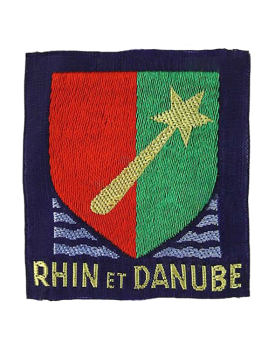
French 1st Army
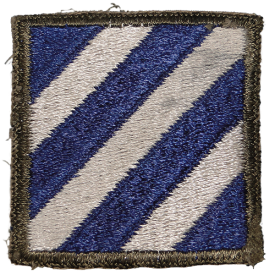
US 3rd Battalion, 7th Regiment, 3rd Infantry Division
Liberated on: November 25, 1944
"None of us who entered the camp had any warning what so ever of what we were about to see".
Camp commmanders

Hans Hüttig
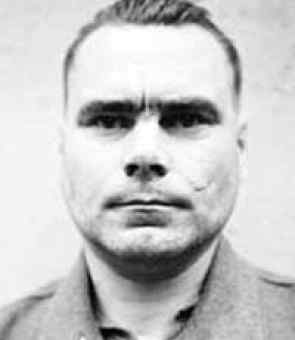
Jozef Kramer
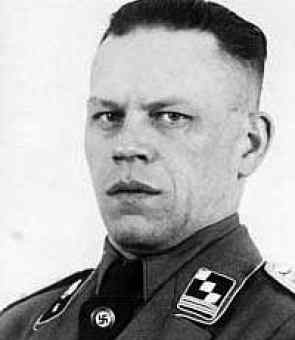
Egon Zill

Jozef Kramer
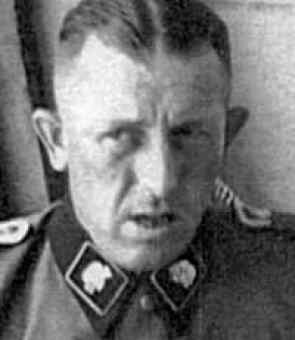
Fritz Hartjenstein
